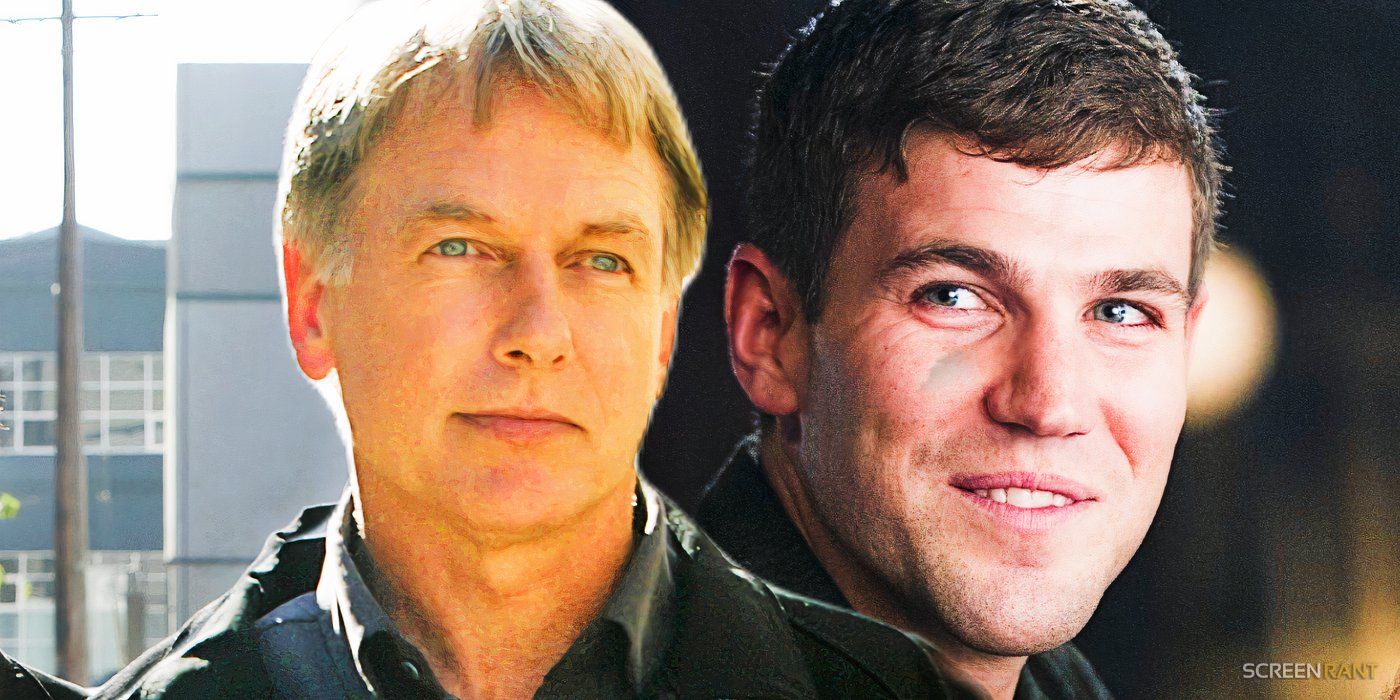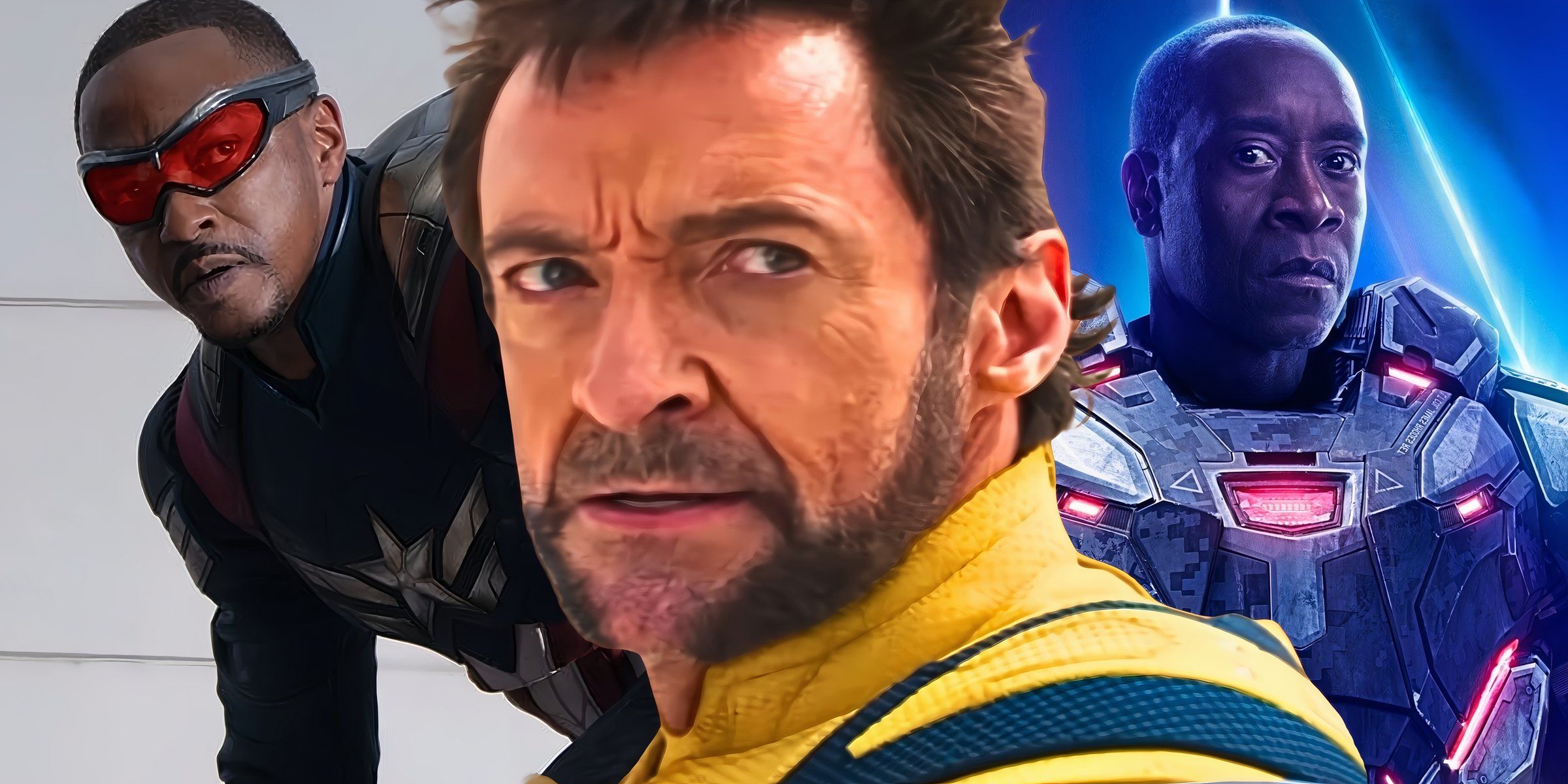Clint Eastwood’s latest strong-armed production, Richard Jewell, tells the true story of the security guard who saved thousands of lives at the 1996 Summer Olympics, only to be vilified by the press and the FBI as the investigation’s prime subject – but how reliable is the film in telling what actually happened, and how much did it change? I, Tonya and BlacKkKlansman actor Paul Walter Hauser stars as the titular Jewell: an overly-ambitious, wannabe police officer whose social oddities make him the perfect target for a government agency that wants quick results, and the media machine that wants a story. Alongside Hauser, the cast also includes Kathy Bates as his mother, Bobi, Sam Rockwell as his sarcastic lawyer Watson Bryant, Jon Hamm as FBI agent Tom Shaw, and Olivia Wilde as journalist Kathy Scruggs.
Written by Captain Phillips and Shattered Glass screenwriter Billy Ray, the film is adapted from Marie Brenner’s Vanity Fair article “American Nightmare: The Ballad of Richard Jewell” and seeks to tell the right story about this American hero. Driven by his passion for law enforcement, the film sees Richard boot himself out of a wide range of law and order jobs, from a security guard at a college campus (where he would physically assault students and pull over reckless drivers on the highways) to an actual deputy position at the local sheriff’s office. It is in this spirit that he takes on a security position at the Olympic games, which, in 1996, were taking place in his hometown of Atlanta, Georgia.
One night, while monitoring the Centennial Park’s sound tower, Jewell spotted a strange looking, abandoned backpack. With the help of some fellow officials, Jewell was able to establish a perimeter before the pipe bomb inside went off, sending shards of metal and nails around the area. For about three days, Jewell was considered a national hero. For nearly three months after that, however, Jewell was the subject of a wildfire media frenzy and an intensive, baseless federal investigation. But how much of this horror story actually happened, and how much of it was fabricated for the big screen?
The Bombing
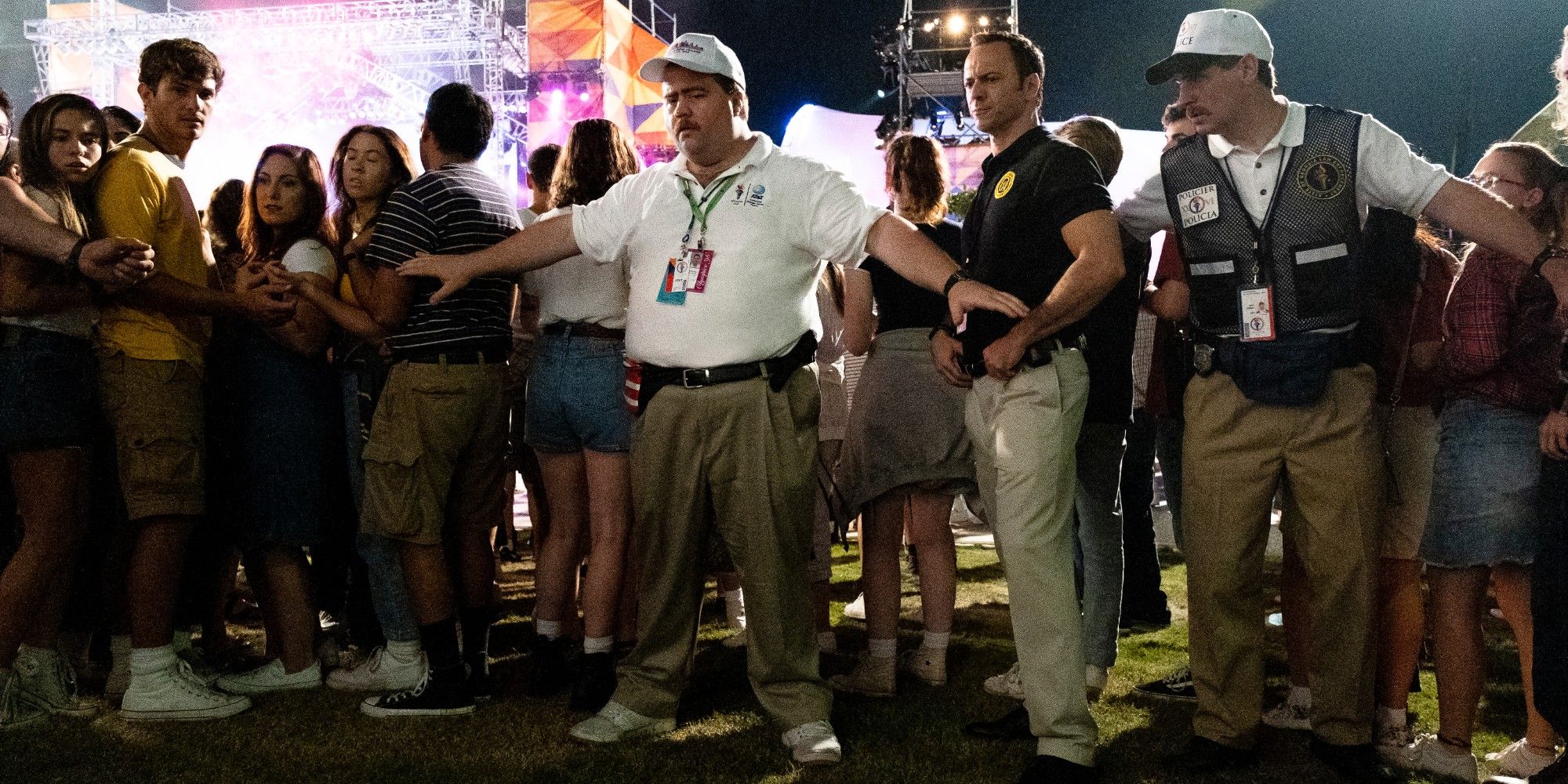
According to Brenner’s article, Richard Jewell‘s portrayal of the Centennial Park bombing bears a strong resemblance to what actually happened. While thousands of spectators were in attendance for a late night concert, a green, military-style backpack was placed underneath a bench. Jewell, who was posted nearby, spotted the backpack after chasing off some litterers and quickly alerted other officers in the area.
Approximately nine minutes later, the bomber – Erik Rudolph – called 9-1-1 and issued his warning (an indelible fact that dismissed claims Jewell had made the call himself). And 13 minutes after that, while Jewell and other officials were attempting to clear the area, the bomb exploded, sending nails flying throughout the park. It is true, as the film shows, that the bag was tipped over, sending most of the projectiles up into the air instead of into the crowd. While the movie suggests that it was a group of drunk teenagers who did this, there is no proof of who actually and accidentally saved these lives.
Unfortunately, not every life was saved, however. As shown in Richard Jewell, one woman was killed and 111 other people were injured. One slight exaggeration the film makes, however, is the body count. While introducing Bobi Jewell as “the 114th victim,” he suggests that two people were killed by the explosion. This isn’t entirely true. The second fatal victim was, in fact, a Turkish cameraman who had suffered a heart attack while running to the scene.
The Investigation
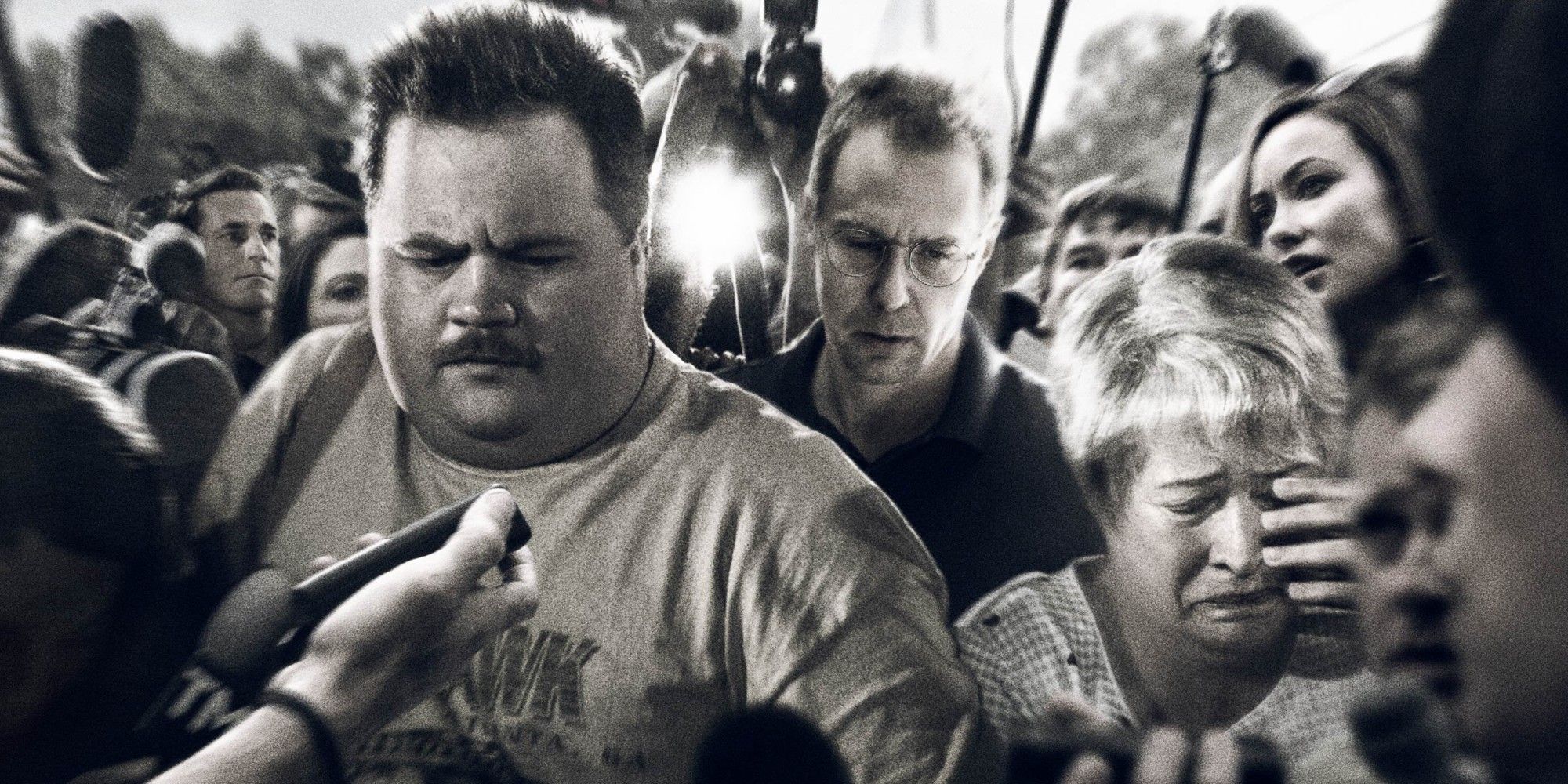
As seen in the film, there was a verbal quarrel between local authorities, agents from the Atlanta FBI office and the Bureau of Alcohol, Tobacco and Firearms over who exactly had jurisdiction in this case. It was the FBI who eventually took control, though Jon Hamm’s character Tom Shaw was never involved. In fact, not only were Diader Rosario and Don Johnson the two agents who pursued Jewell (following the tip-off from Jewell’s former college employer, as portrayed in the film), but there is also no proof that Shaw even existed. And that puts another pillar of the investigation into question.
In what is undoubtedly Richard Jewell‘s most contentious scene, journalist Kathy Scruggs meets up with Shaw at a local bar. After making herself “available” to him, Shaw lets it slip that the FBI is looking at Jewell as its prime suspect, a leak that Scruggs converts into a headline the next day. In return for this scoop, she then has sex with the FBI agent in what appears to be a trade-off – though Olivia Wilde has said she was under a different impression, one that suggested Scruggs and Shaw had previously been involved in a romantic relationship. This has been the biggest source of controversy surrounding Richard Jewell, since there’s no evidence that Scruggs exchanged sexual favors for the story. The trope of a female reporter sleeping with her sources is considered a sexist stereotype, and it’s been argued that fabricating this detail undermines the movie’s valid criticism of the news media’s missteps.
What is true is the fact that, while working for the Atlanta Journal-Constitution, the real Scruggs did drop the story that flipped the narrative surrounding the security guard’s international perception. What’s interesting is that before the Jewell story, the daily newspaper refused to publish stories that contained intel from nameless sources.
From there, the scoop – which stated “Richard Jewell, 33, a former law enforcement officer, fits the profile of the lone bomber” – was picked up and broadcasted by several other publications, many of which expanded upon the facts of the story, unofficially indicting Jewell of the crime. One moment of justice the Eastwood movie doesn’t go into is that after the fiasco finally came to a close, Jewell and Bryant sought damages from several of those news publications. Though most of his lawsuits, including those against the college which first tipped-off the FBI, NBC News, the New York Post and CNN, ended in settlements, Jewell lost his claim against the Atlanta Journal-Constitution when the Supreme Court of Georgia found that what the newspaper had reported was true at the time. That decision came down four years after Jewell’s death in 2007.
The Bomber
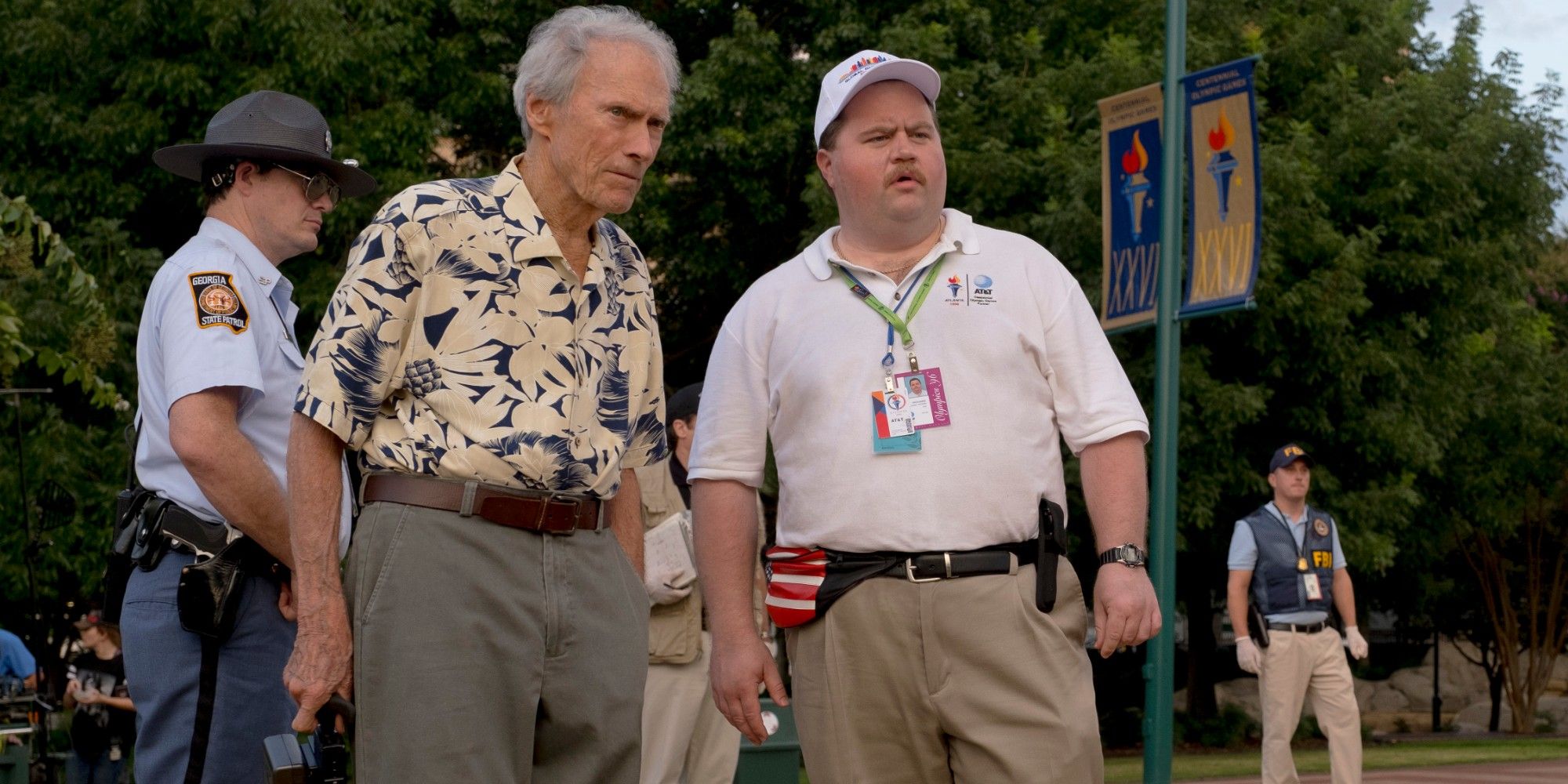
At one point during the film, Jewell wishes that the investigators would come to realize that he was innocent so that they could stop the real culprit before he committed another heinous crime. While the FBI did eventually drop the case against Richard Jewell after three agonizing months, this unfortunately was not the case. By the time Erik Rudolph was captured in 2003, he had already incited three more terrorist attacks, detonating a total of 4 bombs (the fifth was caught on the scene and disabled), killing one more person and injuring another 12.
Focusing more on the story of its main character and the consequences of its protruding investigation, Richard Jewell hardly explores these other, politically-charged bombings. In the one and a half years following the primary events of Eastwood’s film, Rudolph would go on to plant similar pipe bombs in two abortion clinics, as well as an Atlanta lesbian bar. Upon pleading guilty to all of the bombings, Rudolph released an 11-page statement blaming his actions on the legalization of abortion, as well as his hatred of gay rights and the federal government.
Key Release Dates
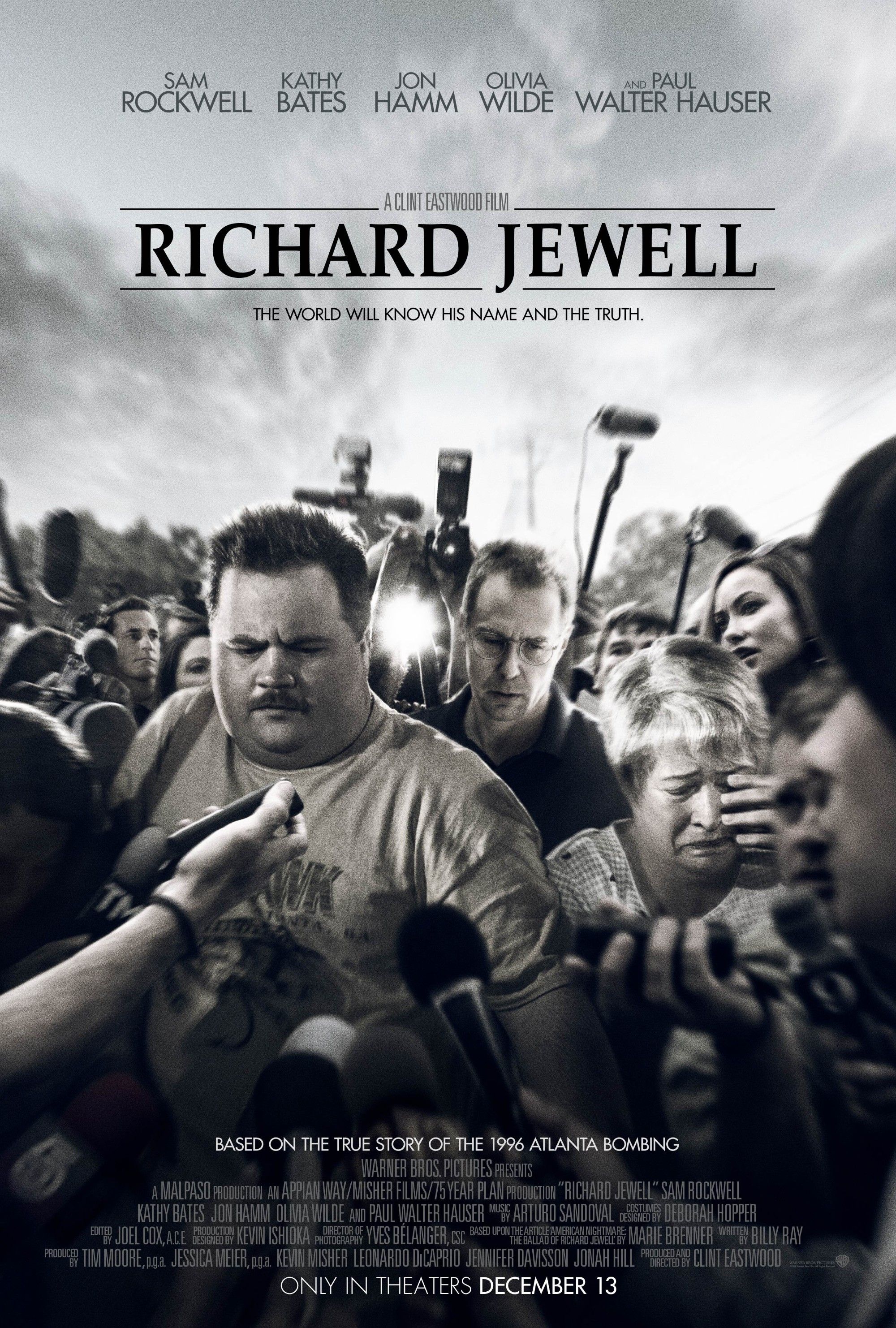
Richard Jewell
Release Date:2019-12-13


